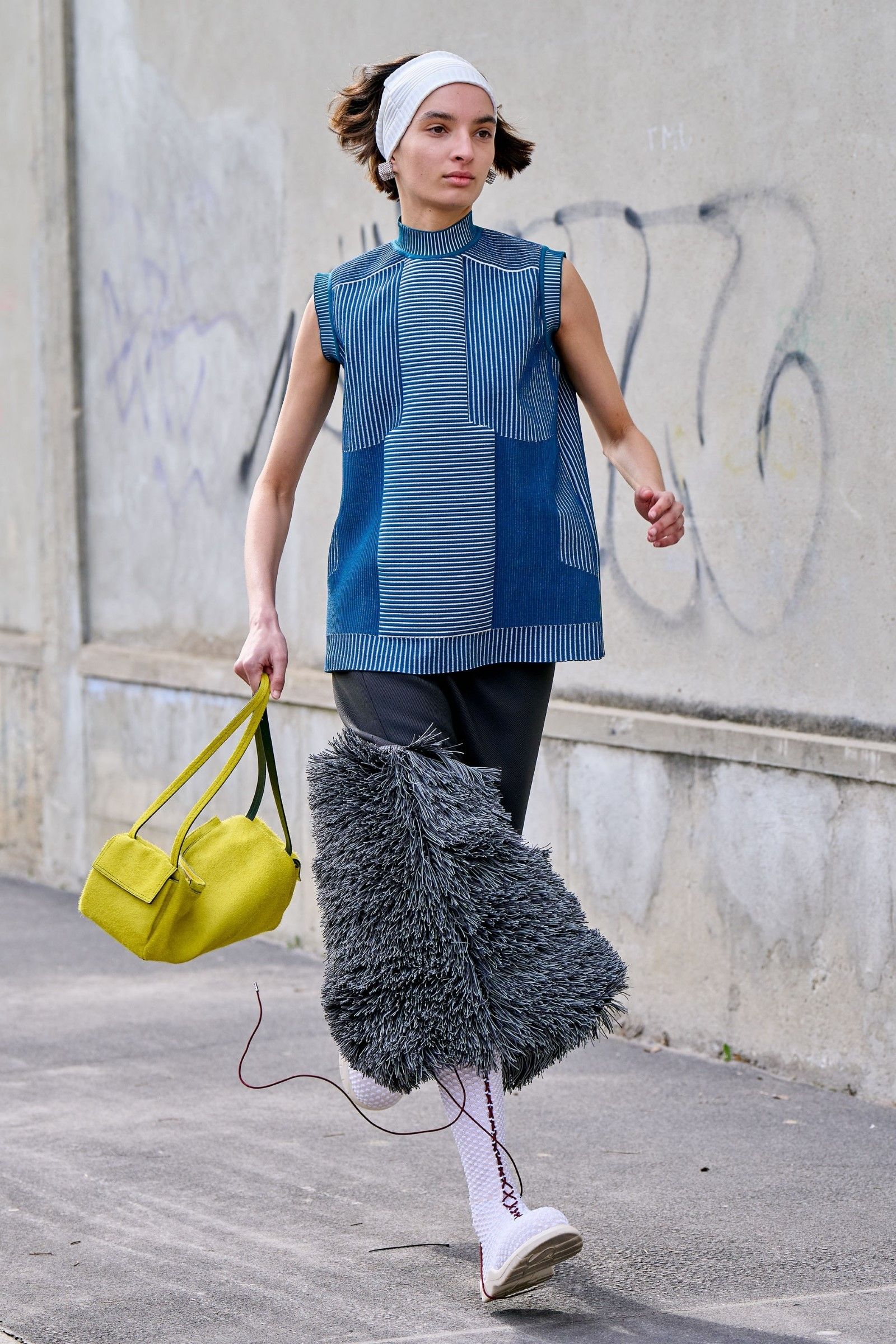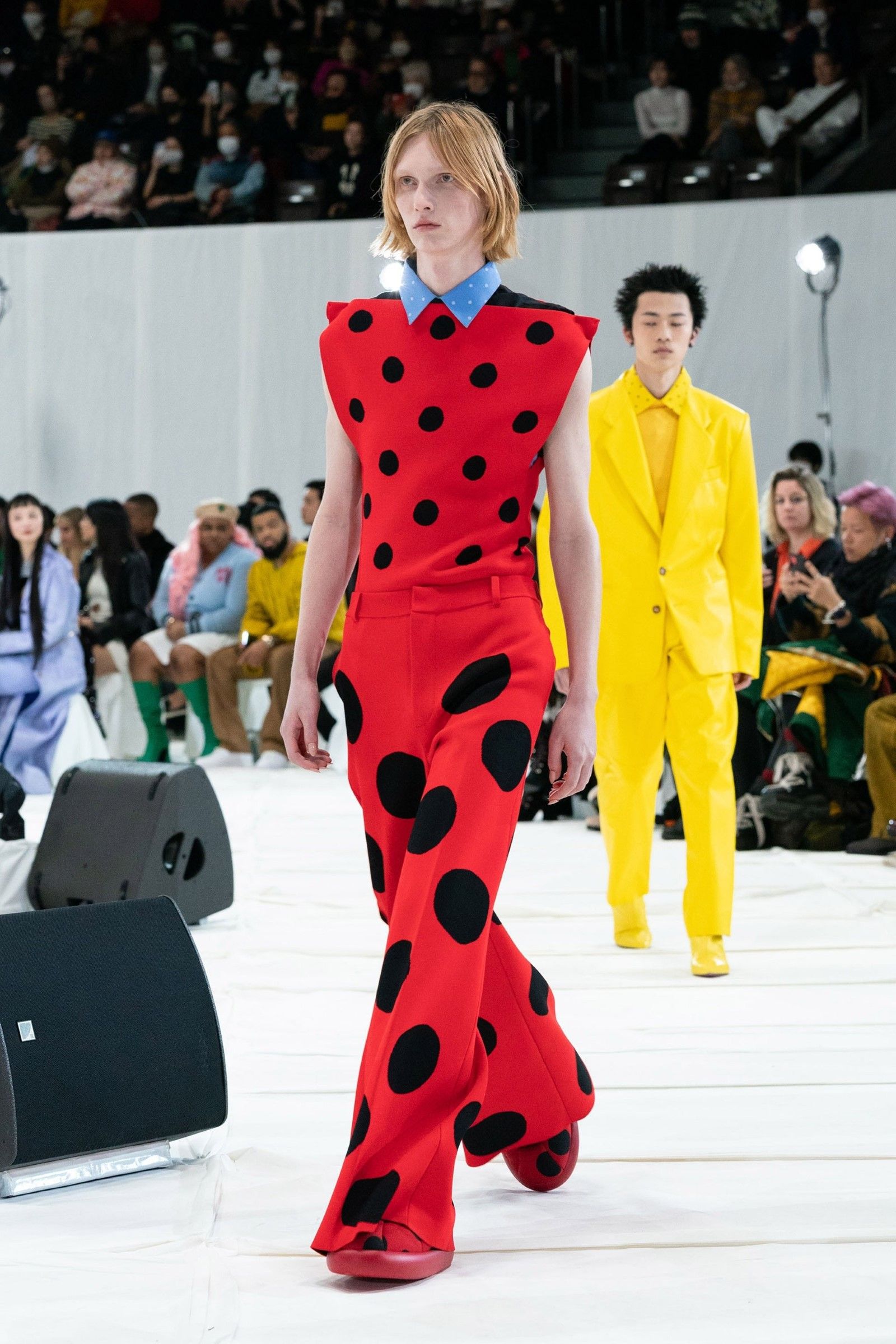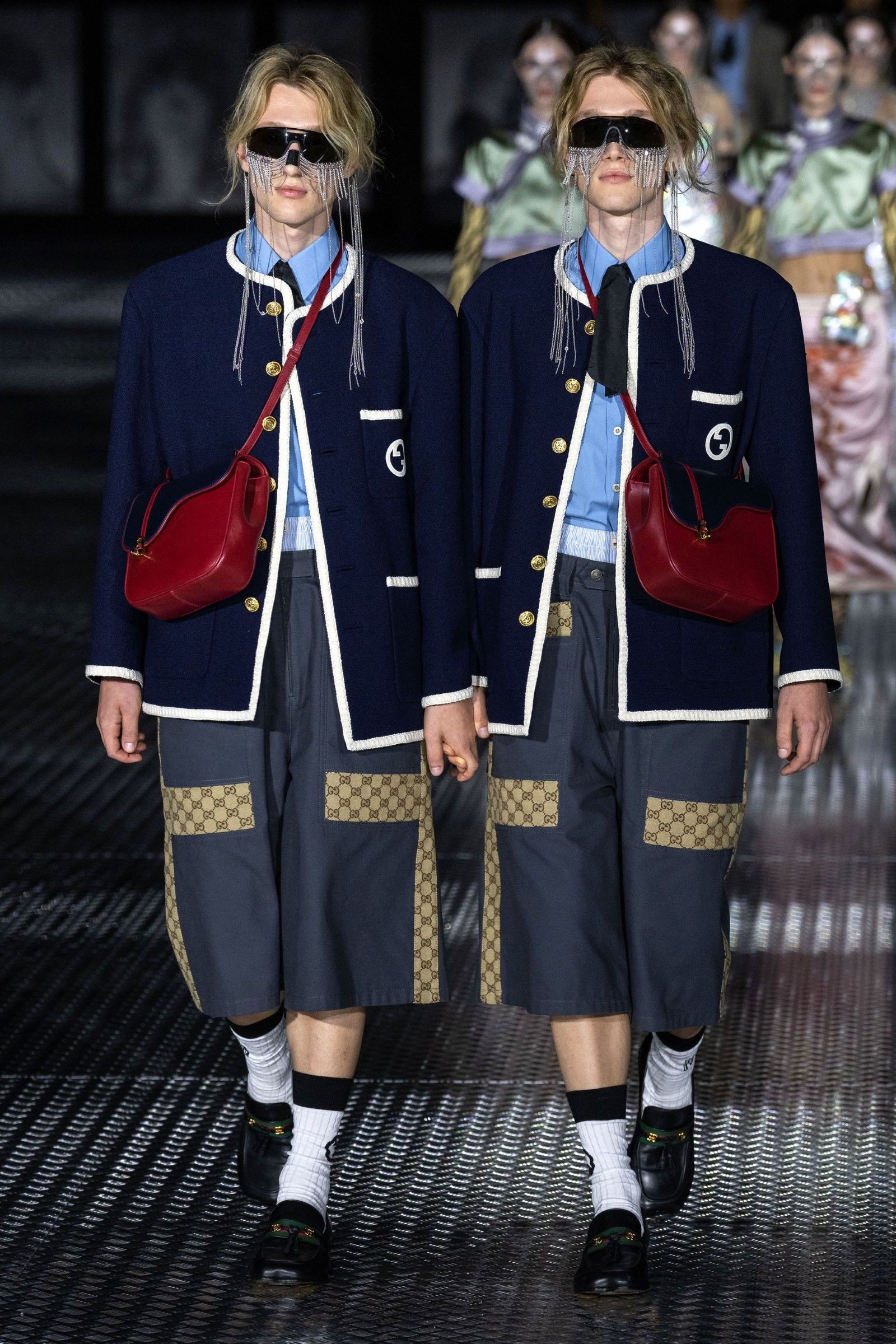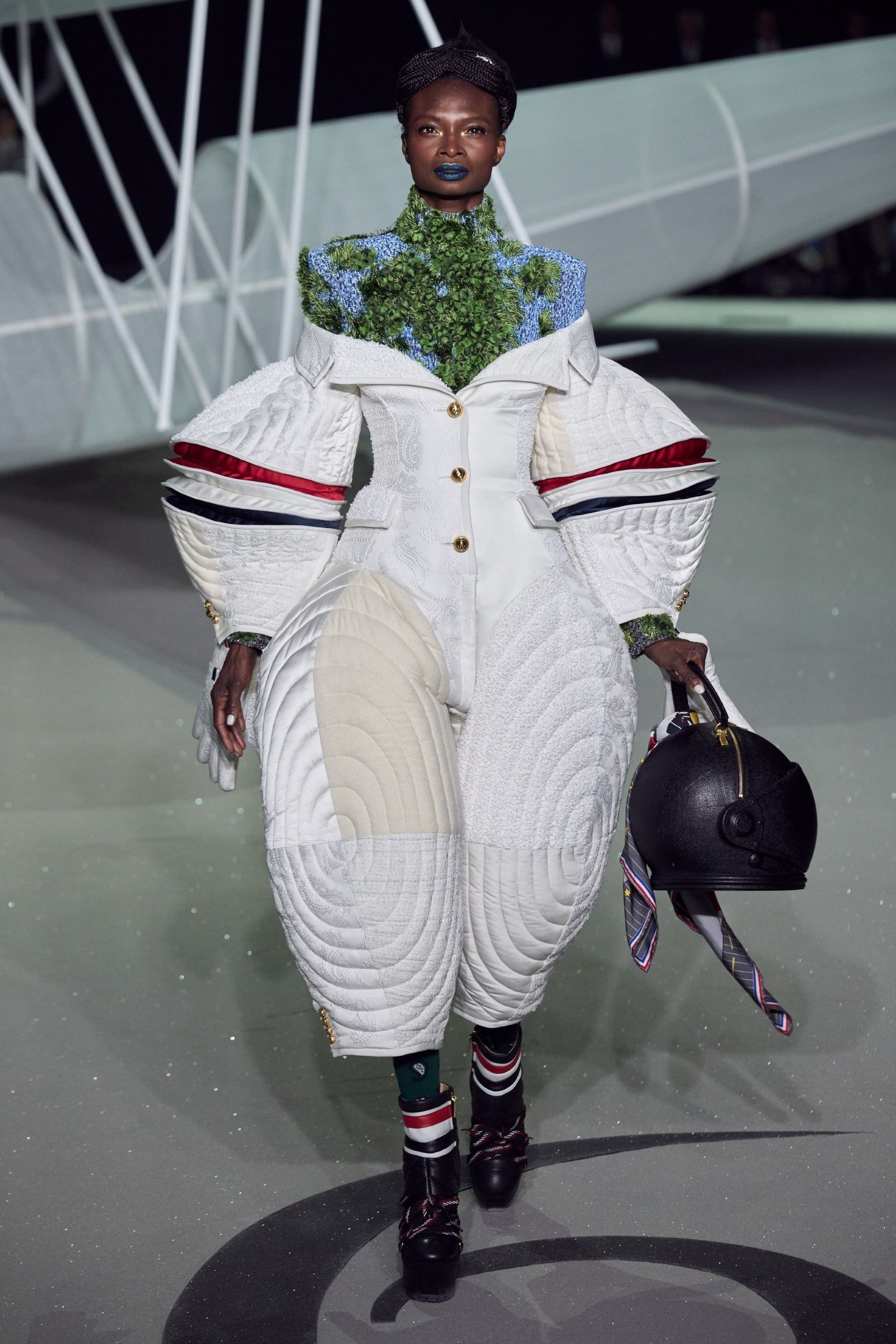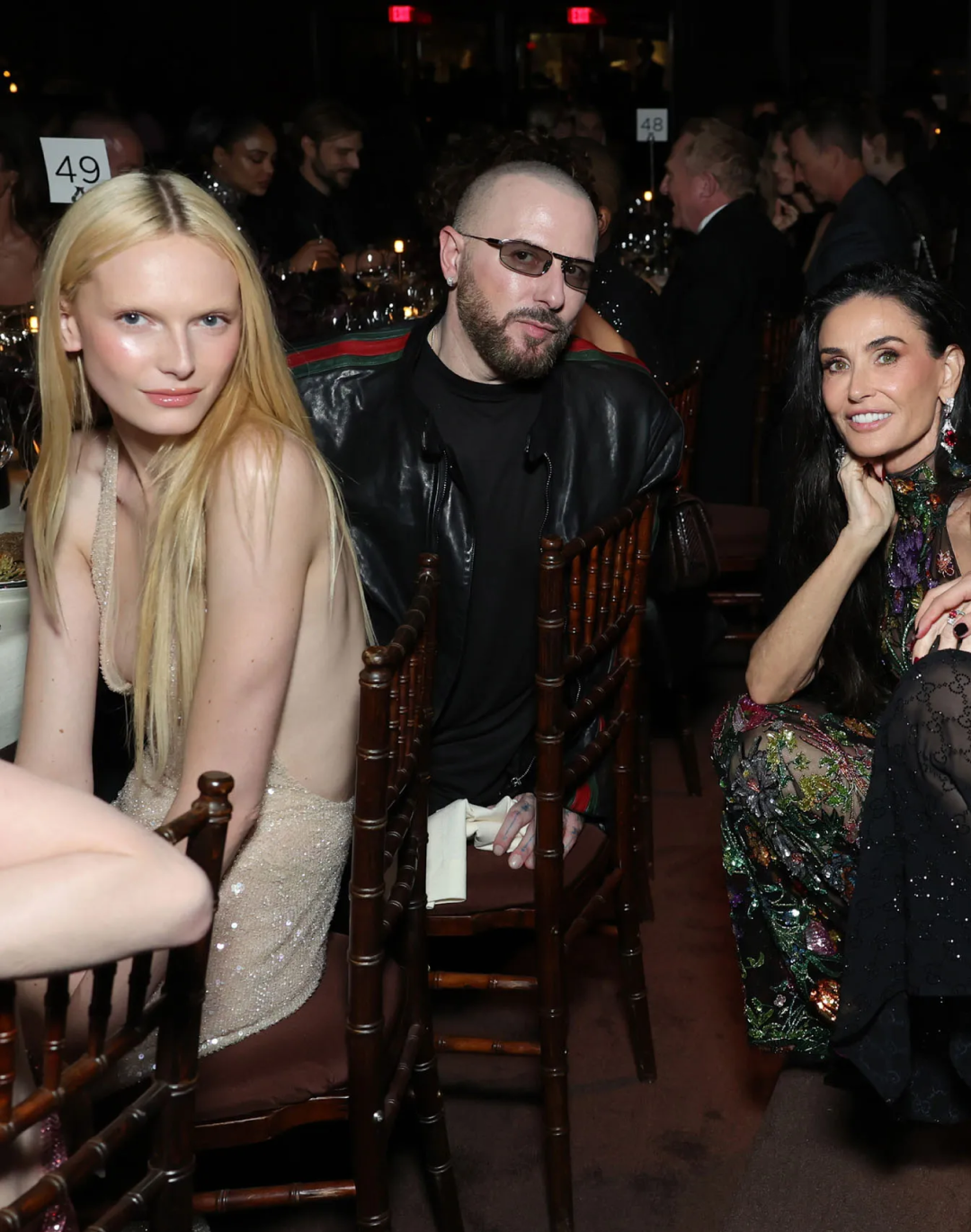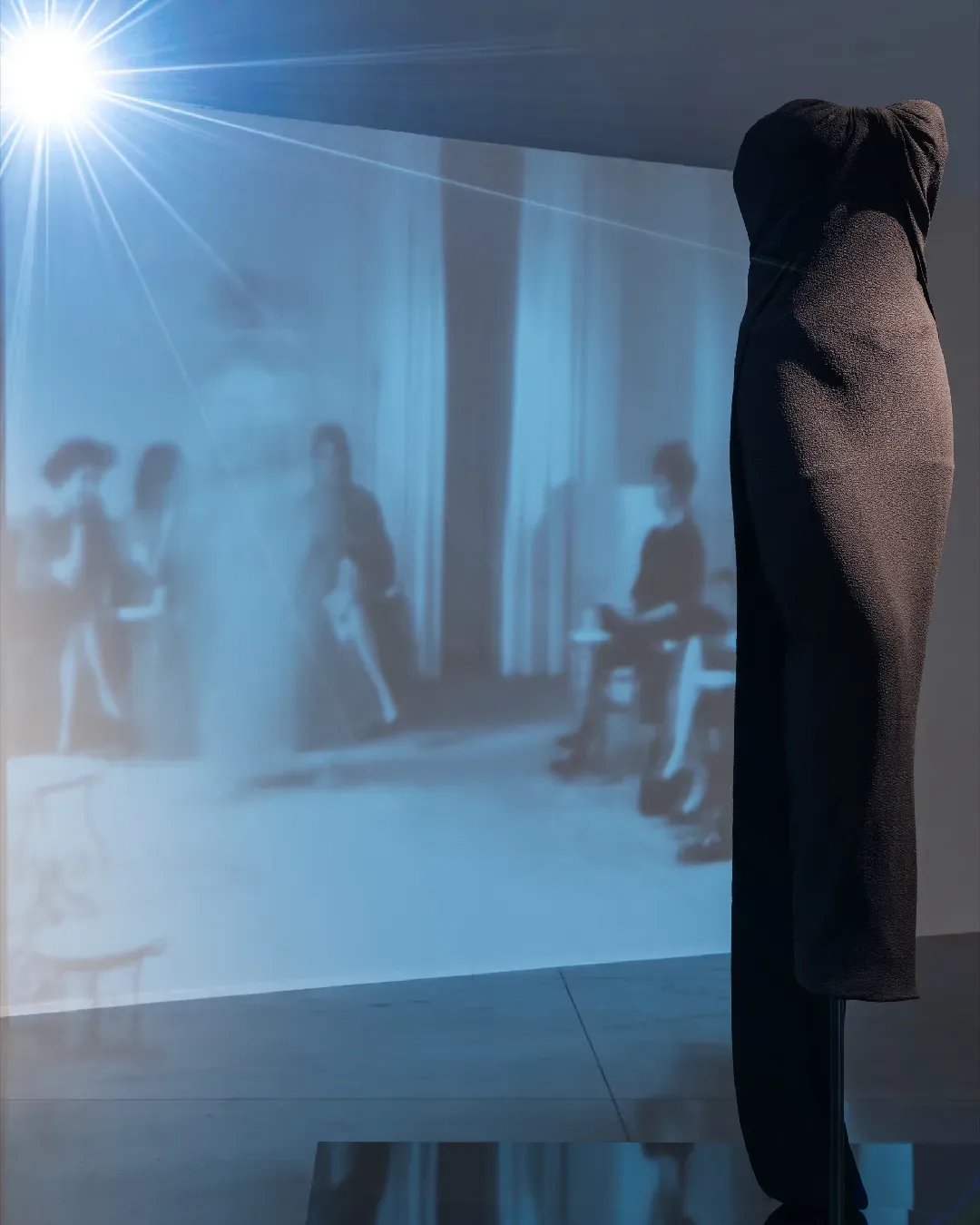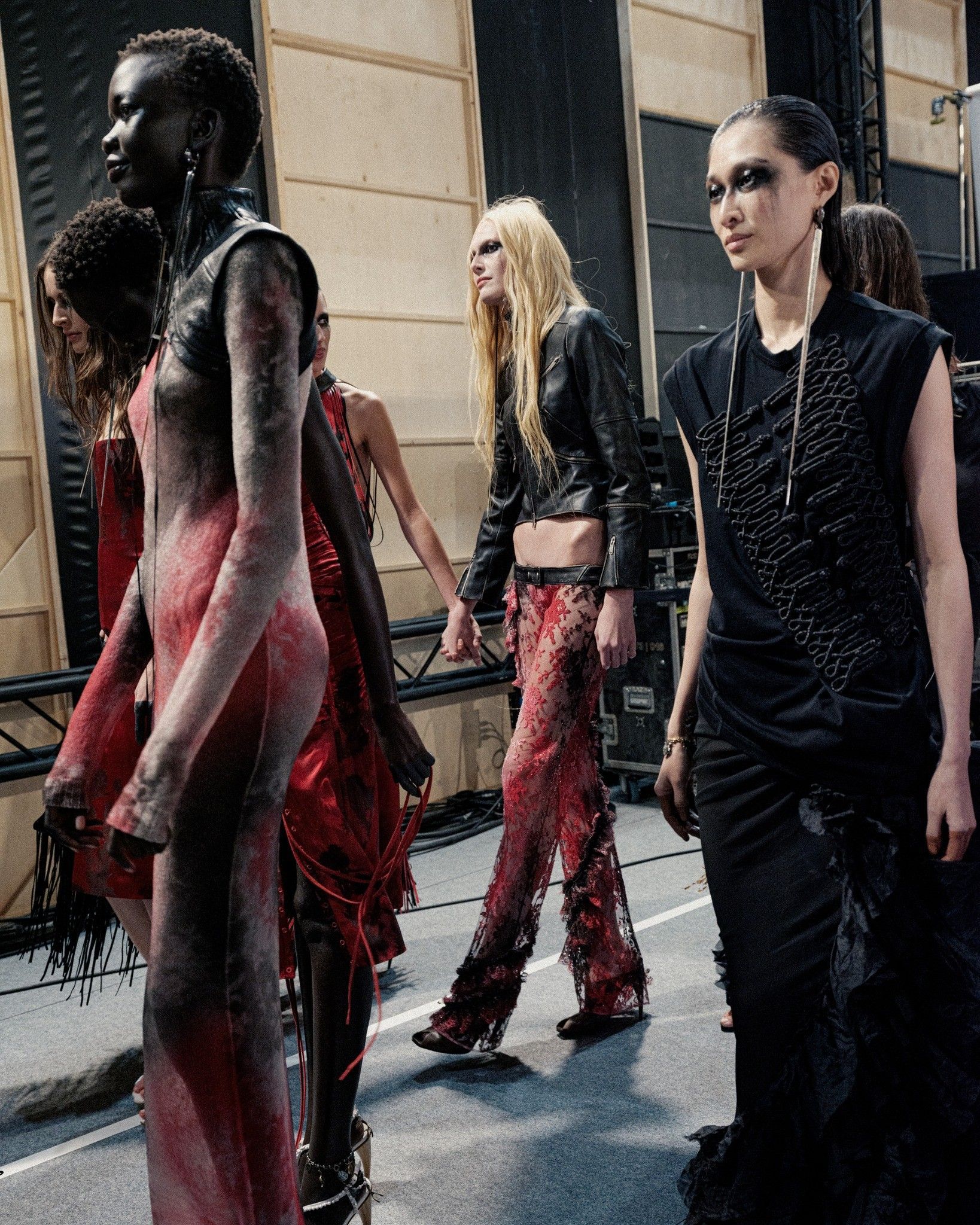
The death of the fashion show as an art form This past fashion month proved that fashion is undergoing the end of an iconic era
My love affair with fashion first began somewhere around thirteen years old, scrolling through YouTube on the computer of my father’s office cubicle as he was away in meetings, where somehow I came upon Alexander McQueen’s SS01 Voss show — a padded glass room , with a dirty glass box in the center, which models walked around in a rather tormented & manic way. I was instantly intrigued and I was sent down a rabbit hole, digging through the archive of McQueen shows, which also led me to Galliano’s Dior and Karl Lagerfeld’s Chanel. What was most fascinating about these shows was the grandiosity of it all , and their abilities to pair clothes and theatrics to tell stories in a way that moved you in the same way that an emotional movie, a painting, or any kind of art would. It was the moment in which I was able to witness fashion in play as an art form, and from there, my perception of the entire industry completely shifted after realizing that it wasn’t “just clothes”. Throughout the years thereafter , this idea of both the fashions and the fashion show being on the same level so as to produce elevated levels of art was what based my expectations. Like the perfect musical, it wasn’t just about the music, or the costumes, or the actors but most importantly about the cohesion of all these things that blended together to create a story or a dream that one would want to relive and remember by way of wearing these clothes long afterwards.
This thirst for a collective beauty has thankfully been quenched by the time I started attending shows myself with people like Alessandro Michele who created conceptual shows for Gucci like the one staged in the first museum of the world in Rome where he made commentary on women’s rights ; or Demna who sent models down a flooded runway for Balenciaga in discussion of climate change; or Sunnei that sent models literally running through the streets in an effort to get people to slow down and savour the moment; or Thom Browne who’s one of the masters of storytelling for every show he creates; Francesco Risso for Marni and John Galliano for Maison Margiela are a few others that also come to mind. In the last decade it would sometimes get to the point where shows were not just poetic but also political, and was therefore able to exercise the industry’s ability to inflict change.
However now more than ever, with the past fashion month considered, it is becoming increasingly evident that the industry is undergoing a major shift in principles, as this idea of a fashion show being conceptually used to convey a message or story , and not just to sell clothes , is becoming a thing of the past. The door has closed on Alessandro Michele’s Gucci , Demna’s post-scandal Balenciaga has been stripped of all emotion and theatrics, and everyone else in the game is either focused on creating beautiful clothes that sell, or catchy clickbait shows for the sake of going viral. For creative directors today , the focus seems to lie in either of these two camps, the result being either an interesting show , or a well developed collection. Both of these aspects should actually blend together to create a synergistic effect, but each one must be able to live on their own. For example, there was recently a fashion show in Paris that was presented in the form of a comedy night featuring comedians , and it was one of the most fun and innovative takes on fashion, but if the clothes featured were shown outside of the context of the comedy show, it would not have been as interesting. On the contrary, there are numerous collections that are well done, and feature gorgeous clothes but lack any sort of cohesive storyline.
fashion is boring me gawdddddd... these fashion shows at pfw seem boring too... the models look dead... the audience dgaf and just pullin out their phones. boring ass ambient music. eye rolling gimmicks. its just not cutting it for me.
— v (@vaalalter) March 2, 2023
Although it is clear that different designers and CEOs have different priorities within this context, there’s a certain sadness associated with both scenarios. On one hand, while witnessing the neglect of exploring the artistic possibilities of these shows, it provokes a certain nostalgic melancholy — fashion shows are more likely to feel like trade shows, the fantasy is less complete and the emotion is void, and on the other hand creating shows for the purpose of going viral, will provide brand exposure for a few hours, but won’t guarantee sales. As many have been struggling to balance both , each season more brands seem to be opting for the former, and while it is to be mourned the ending of an era that made so many of us fall in love with fashion, this fading focus on show theatrics will hopefully require designers to not let go of the idea of creating dream, but compel them to put their efforts in channeling this dream through the clothing — a skill that Jonathan Anderson has somehow mastered at Loewe. It is a craft of elevated minimalism that doesn’t require a fancy set or props, but proposes the garments themselves as art pieces, and one can only hope that is where we are headed as an industry.










































